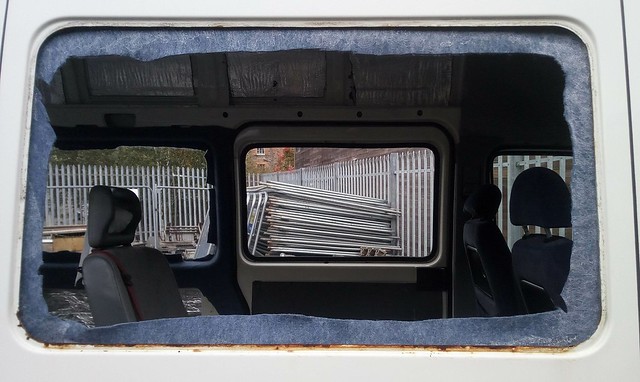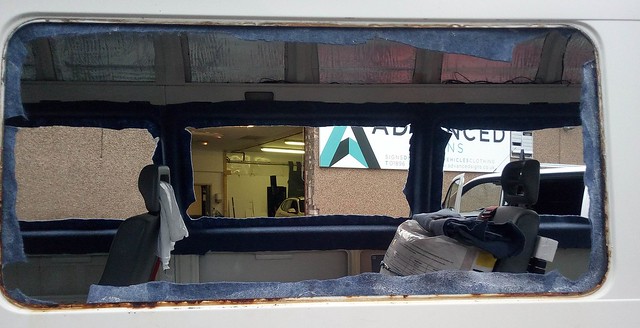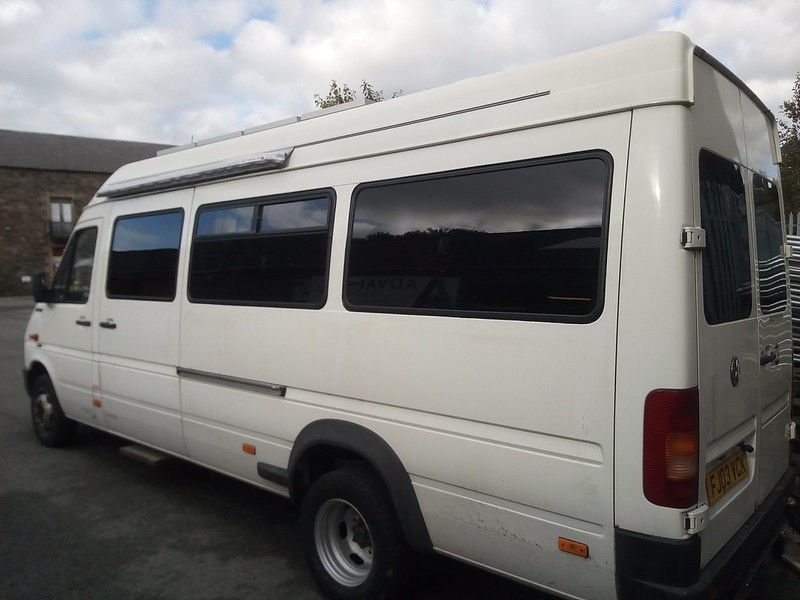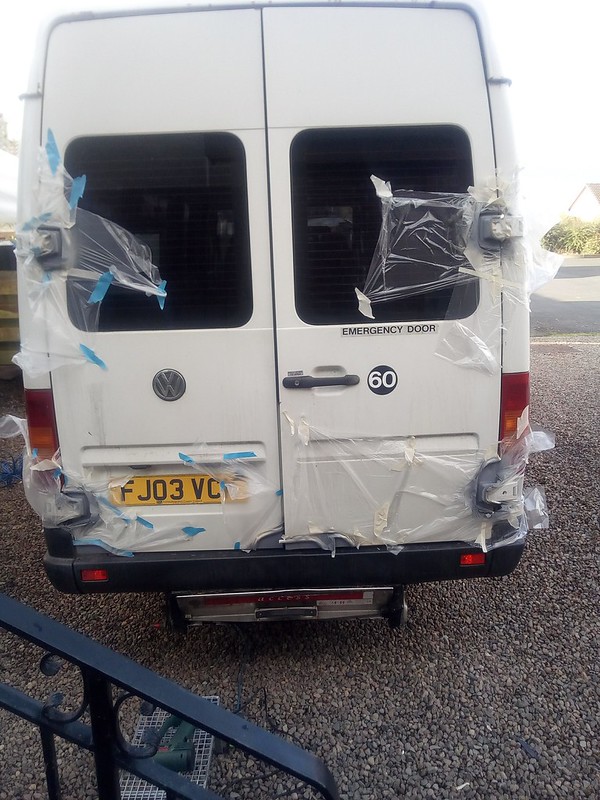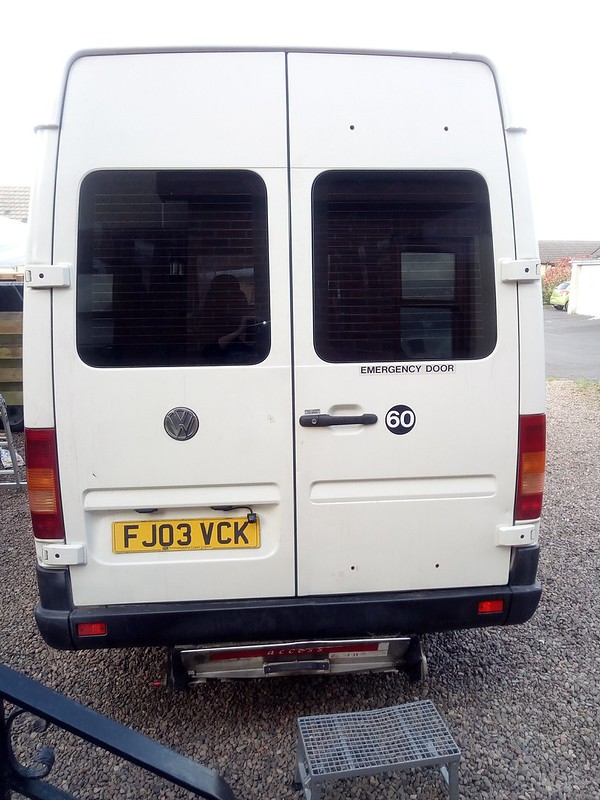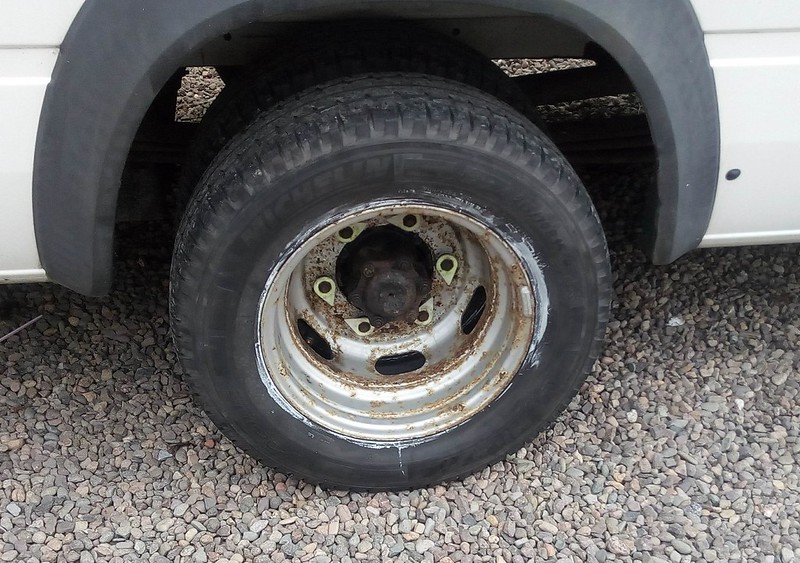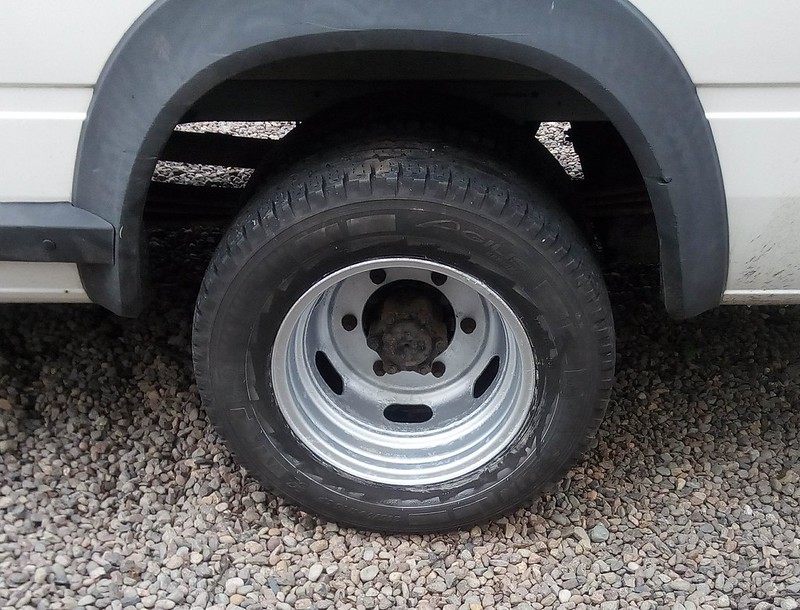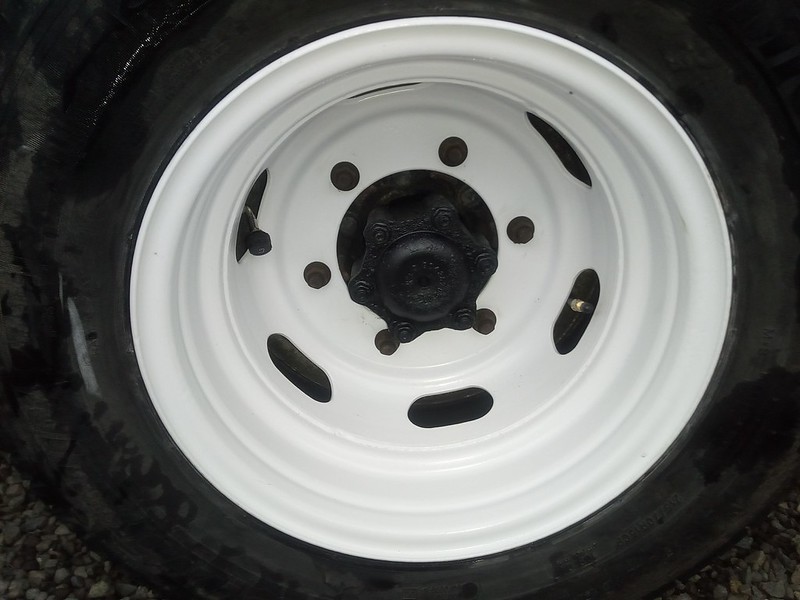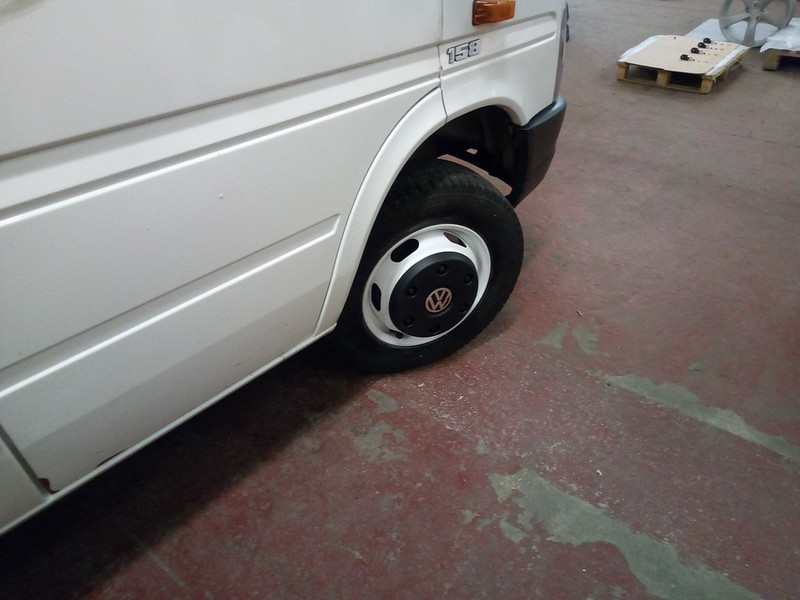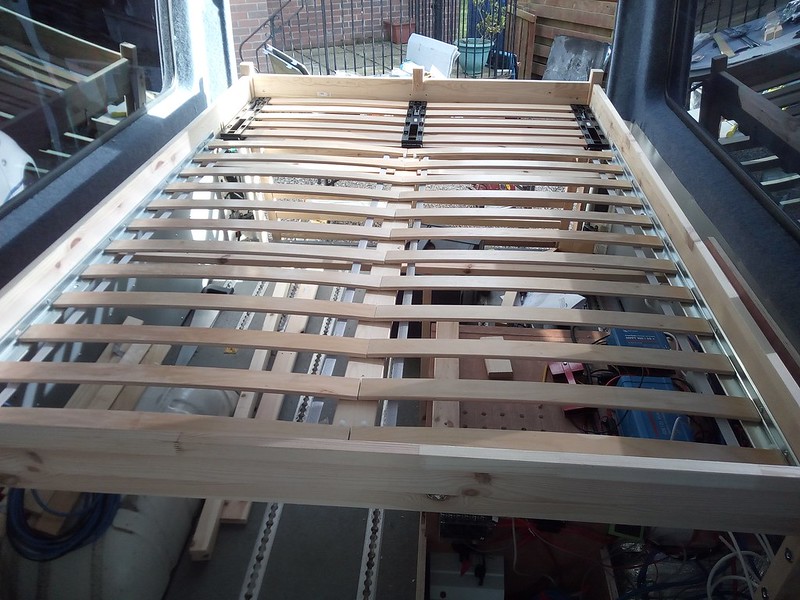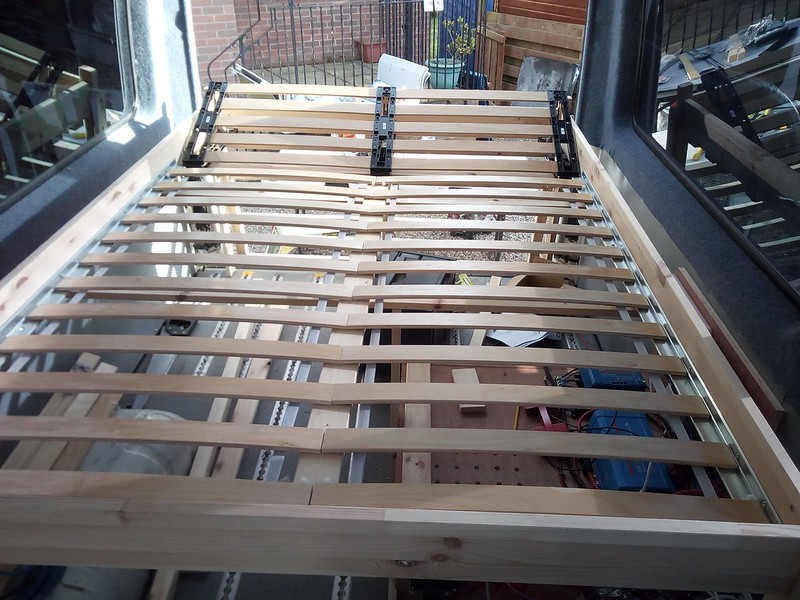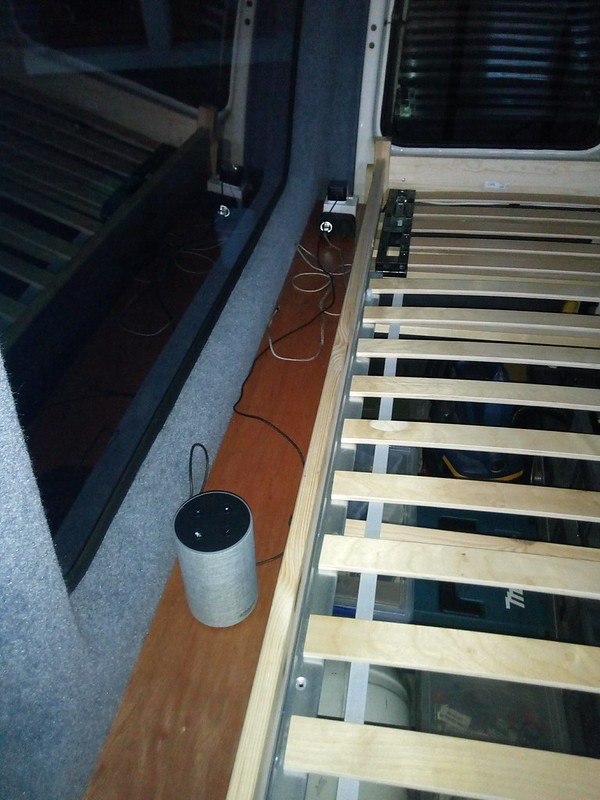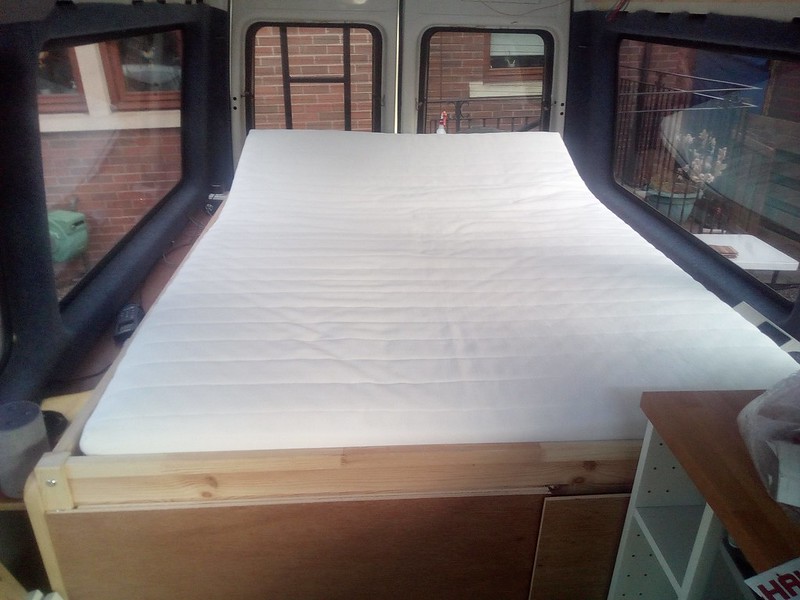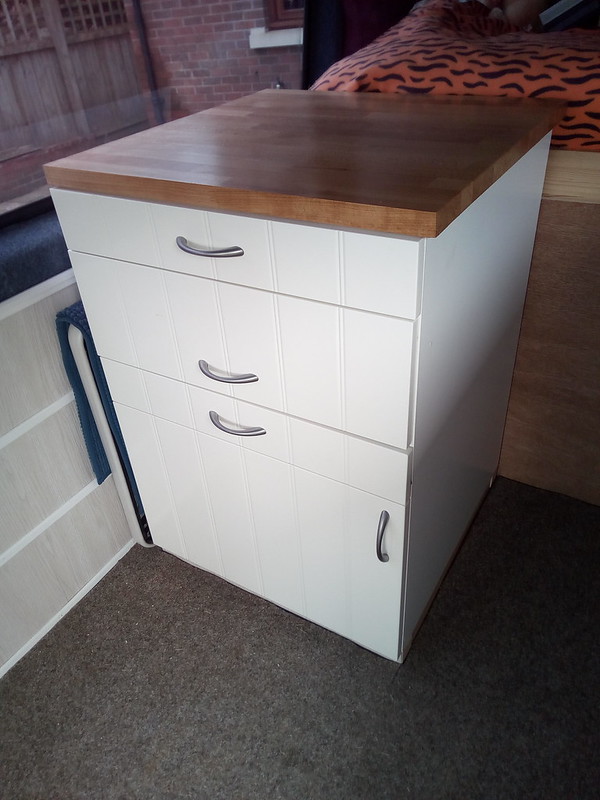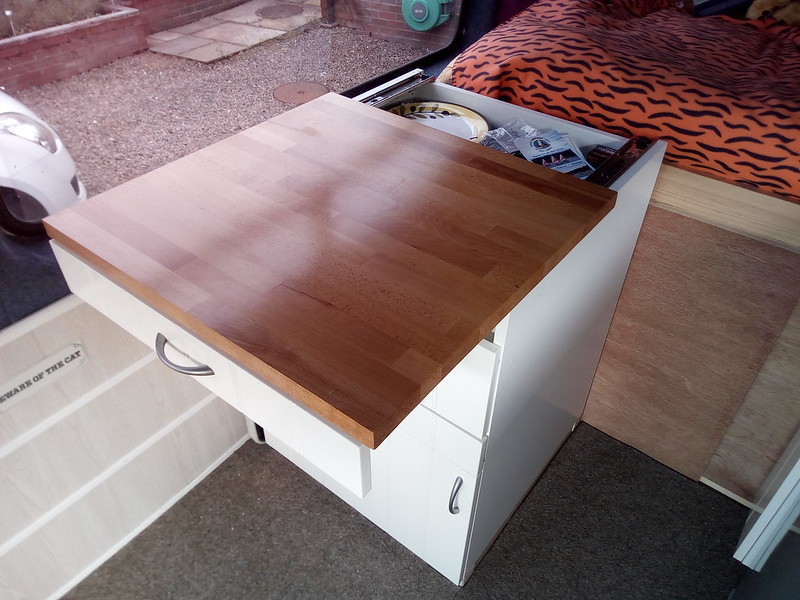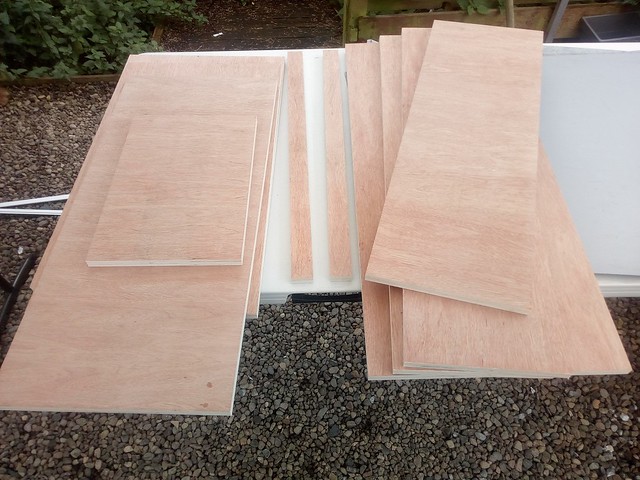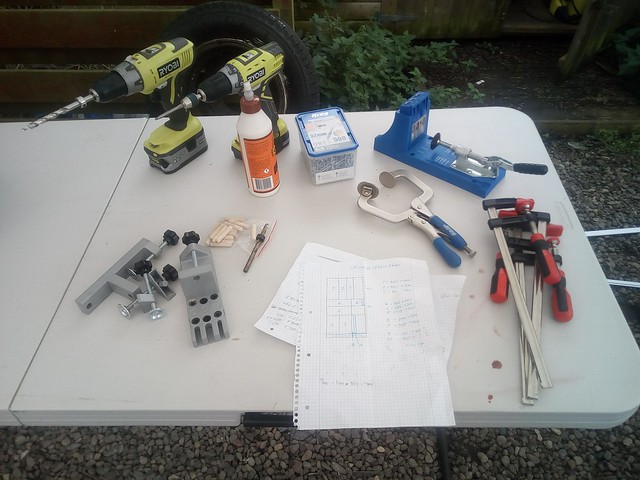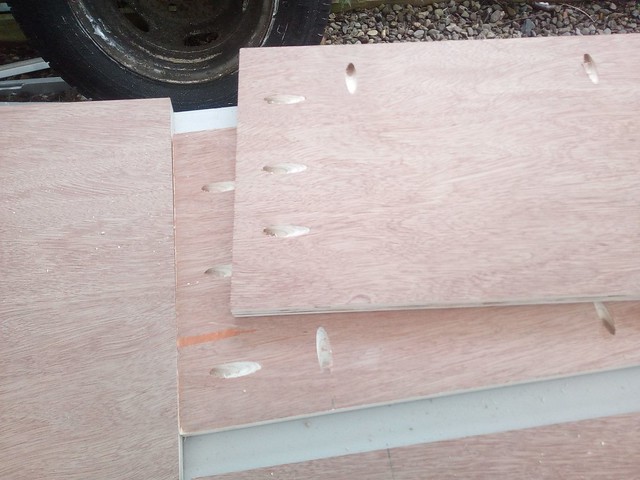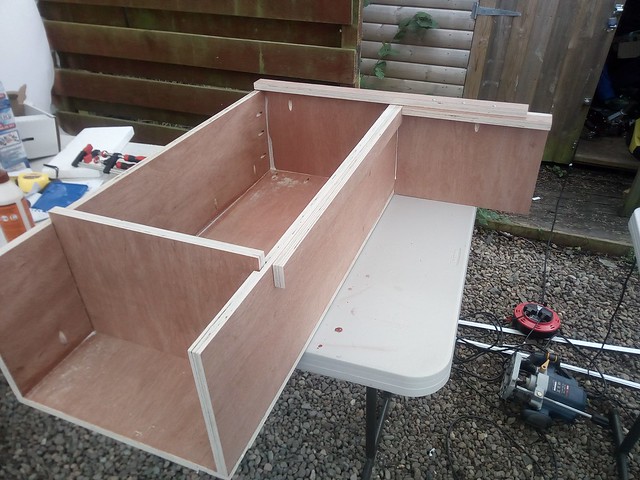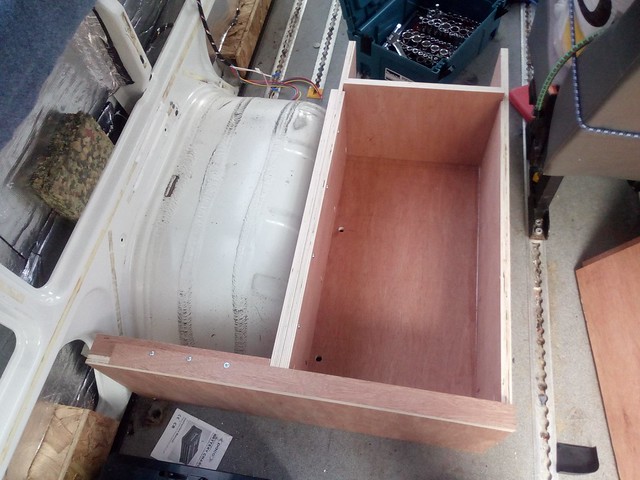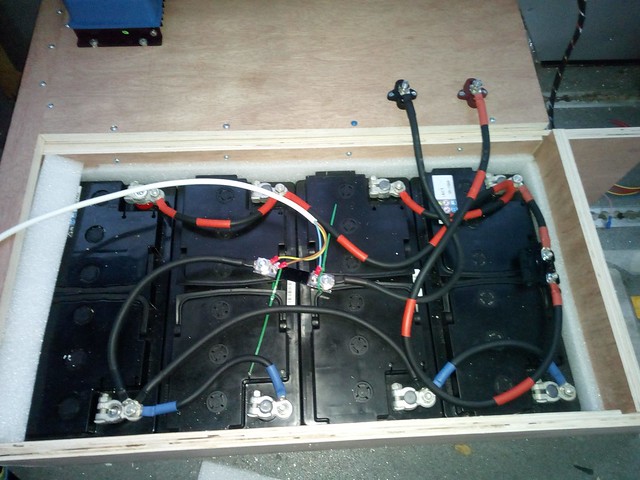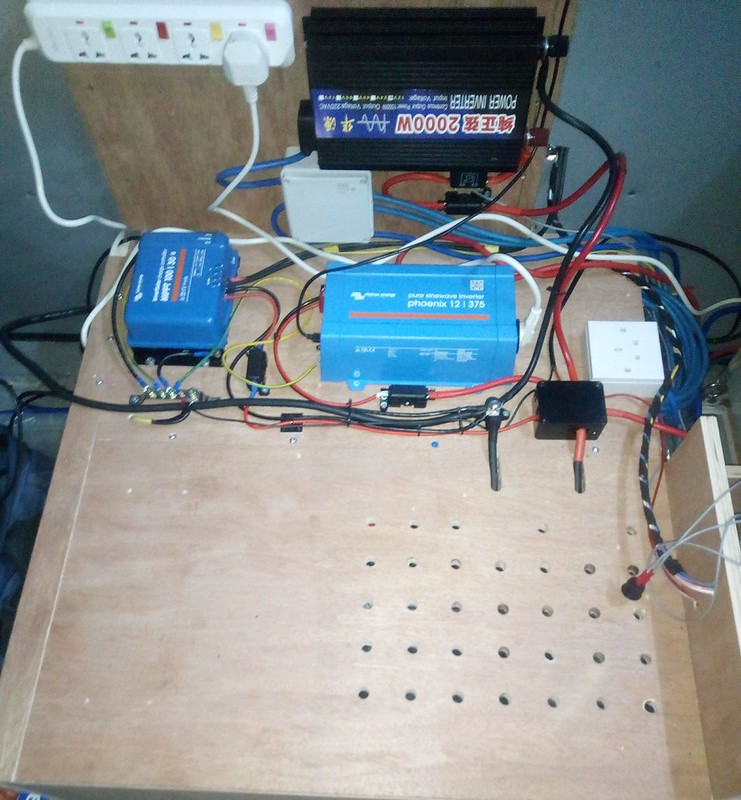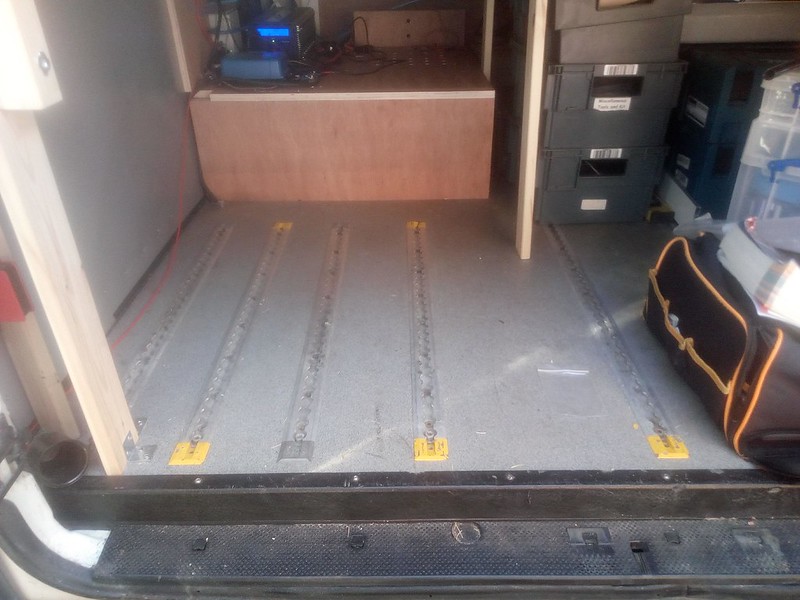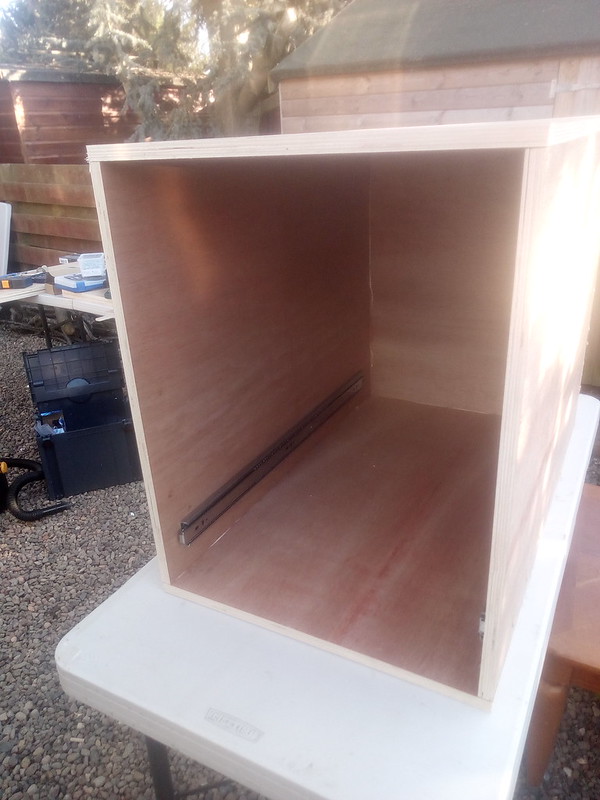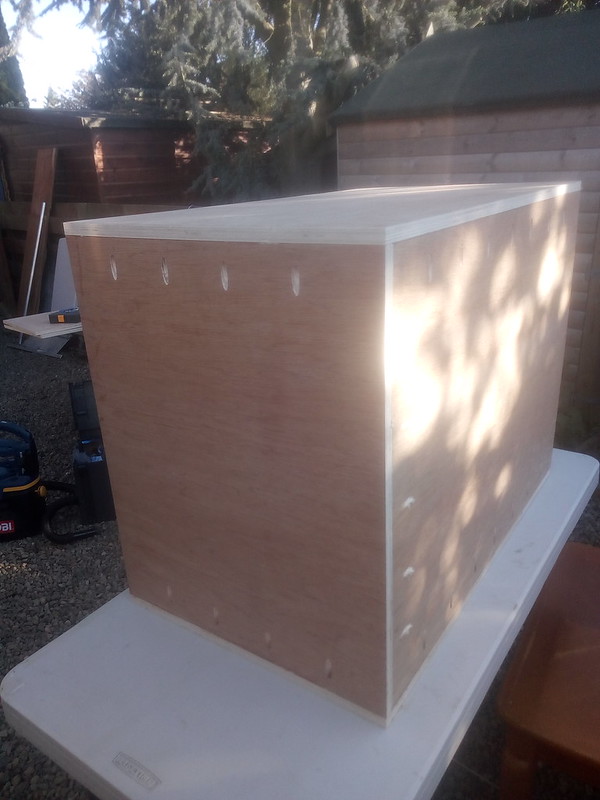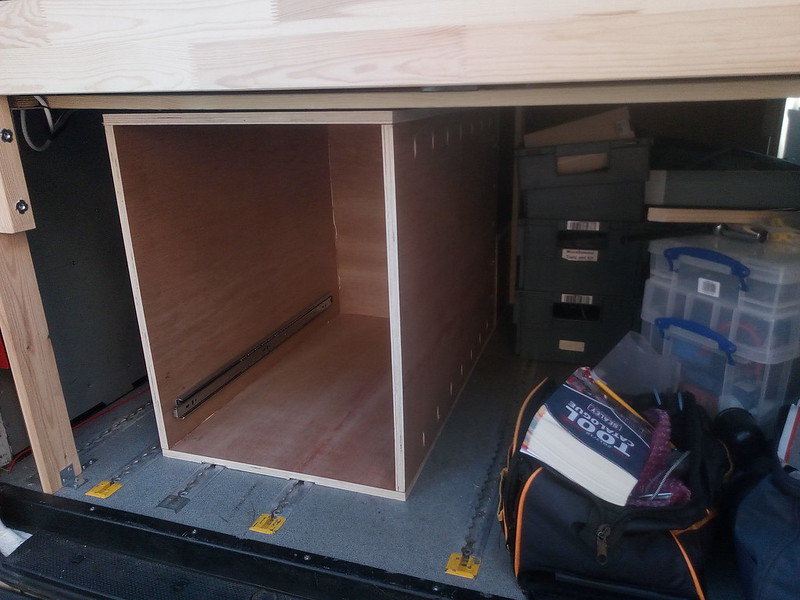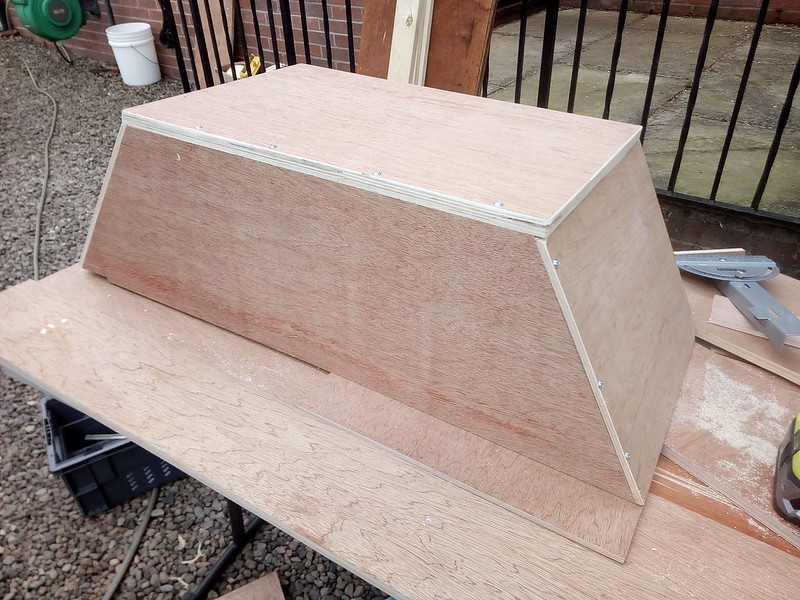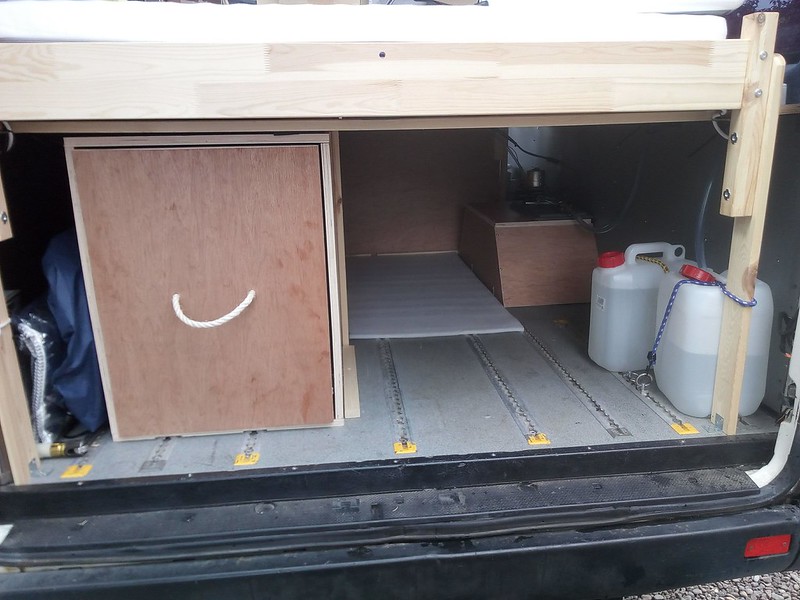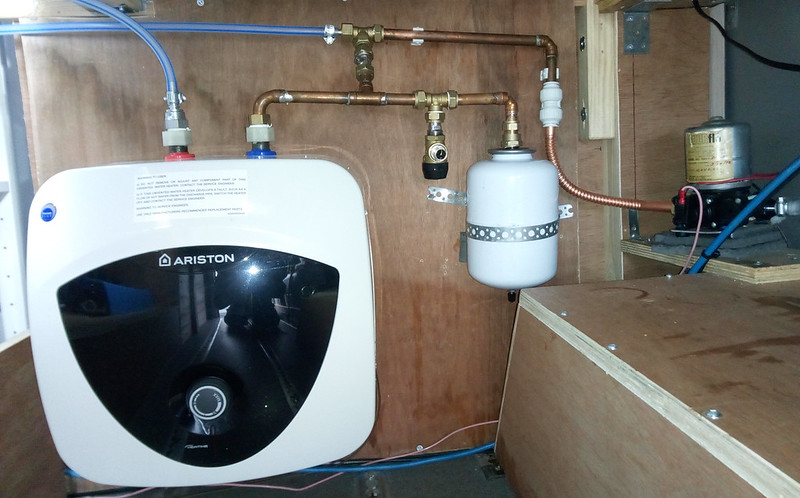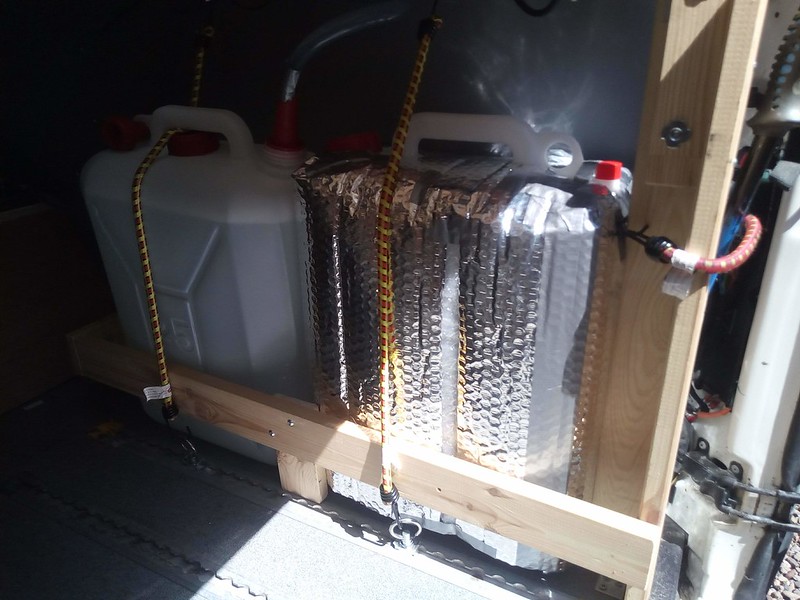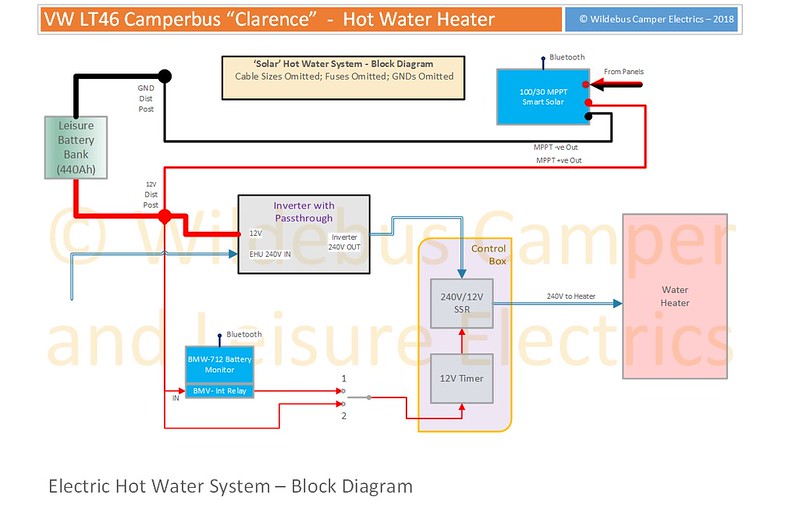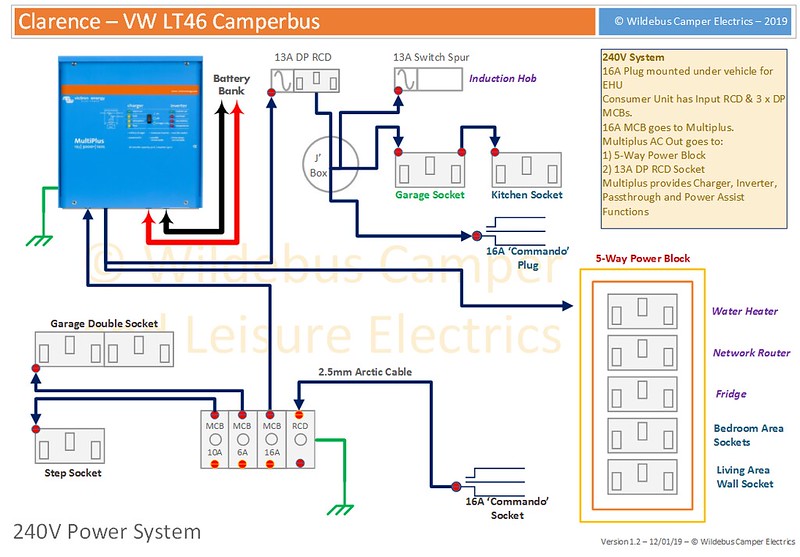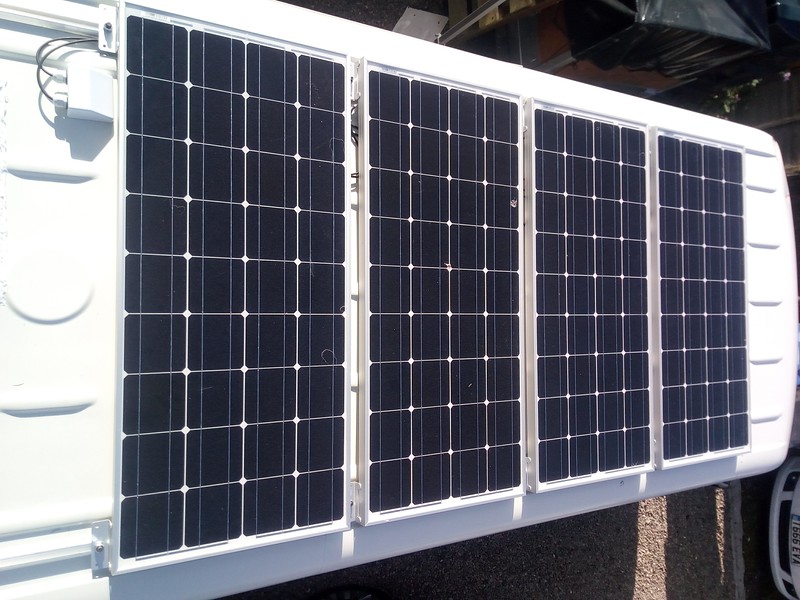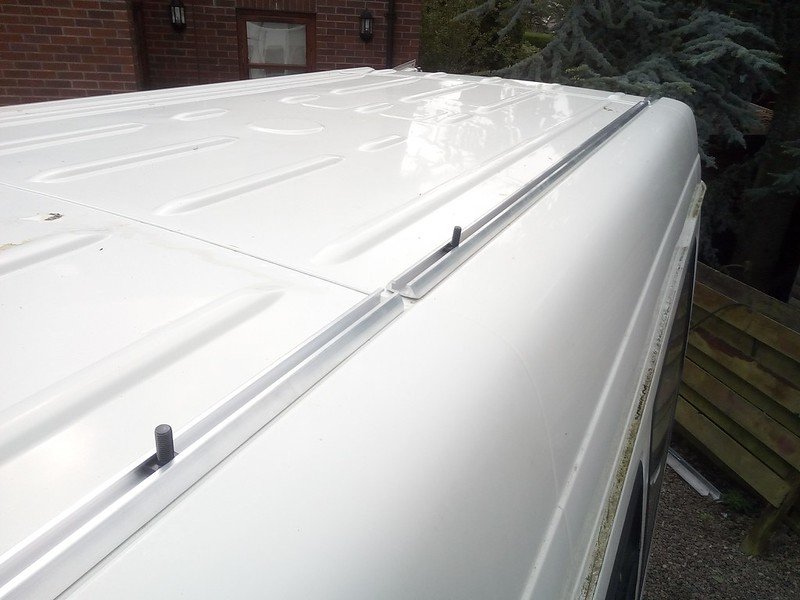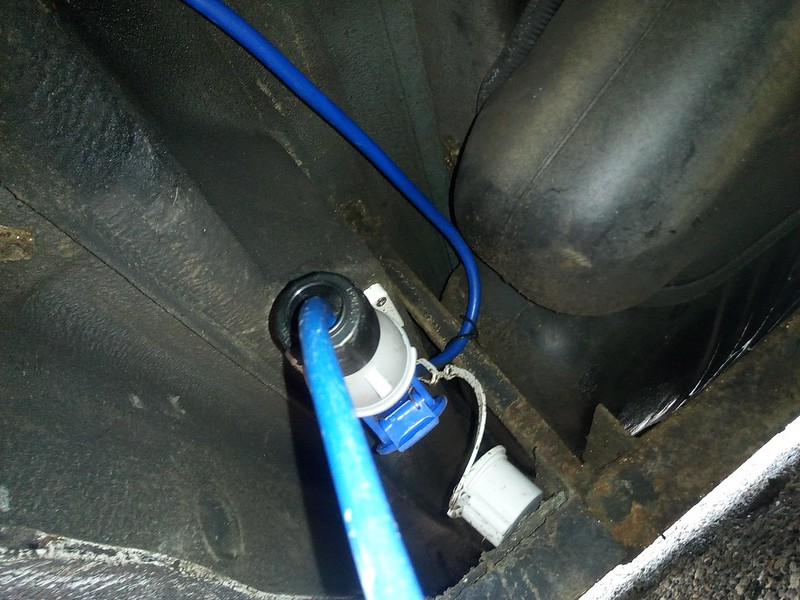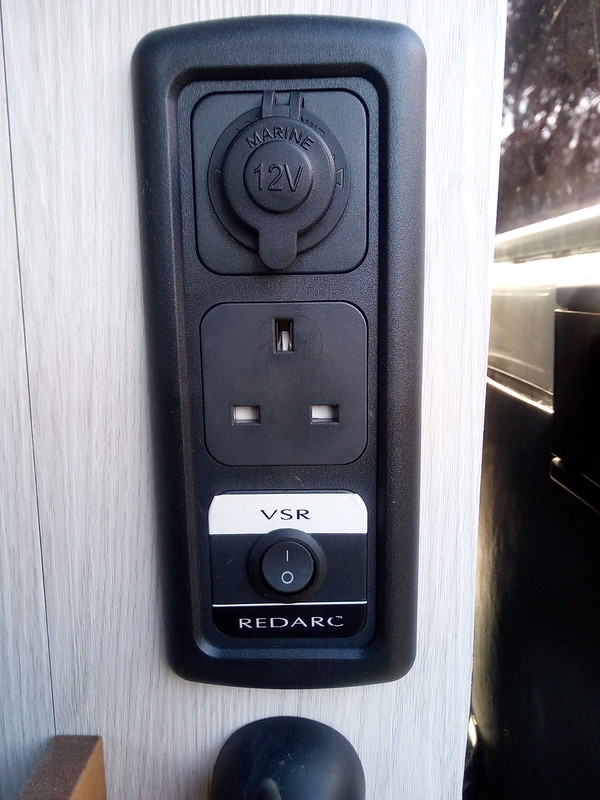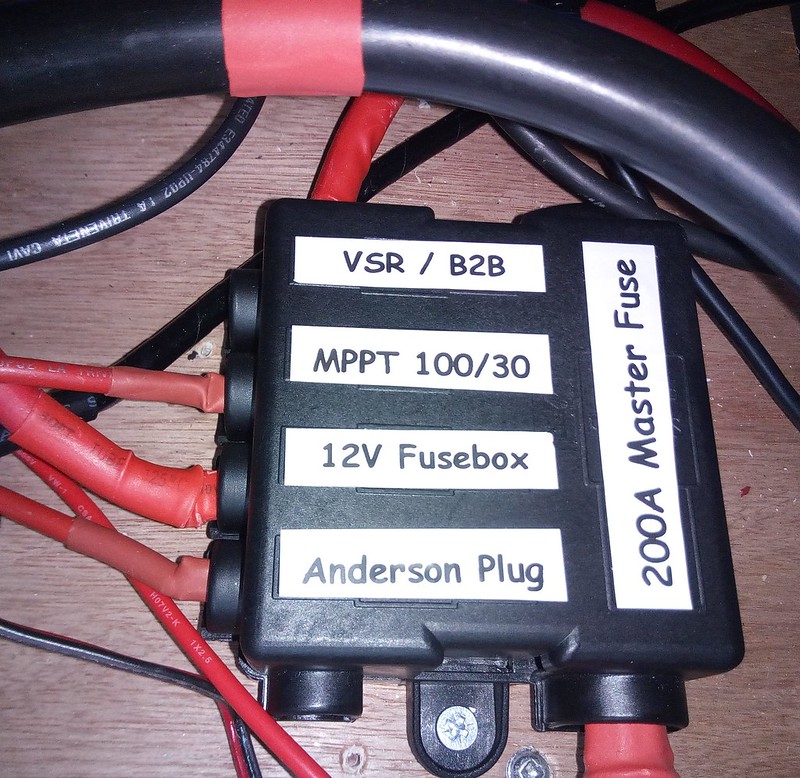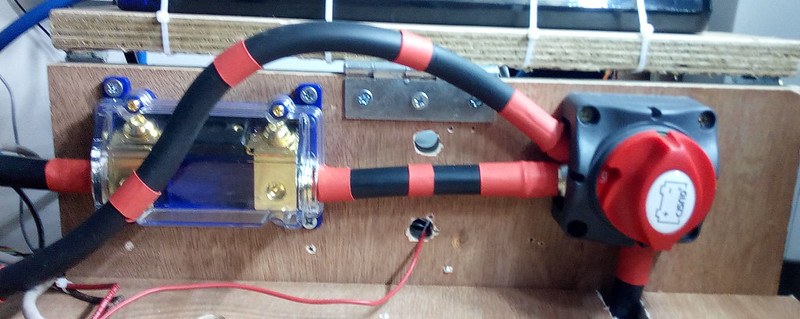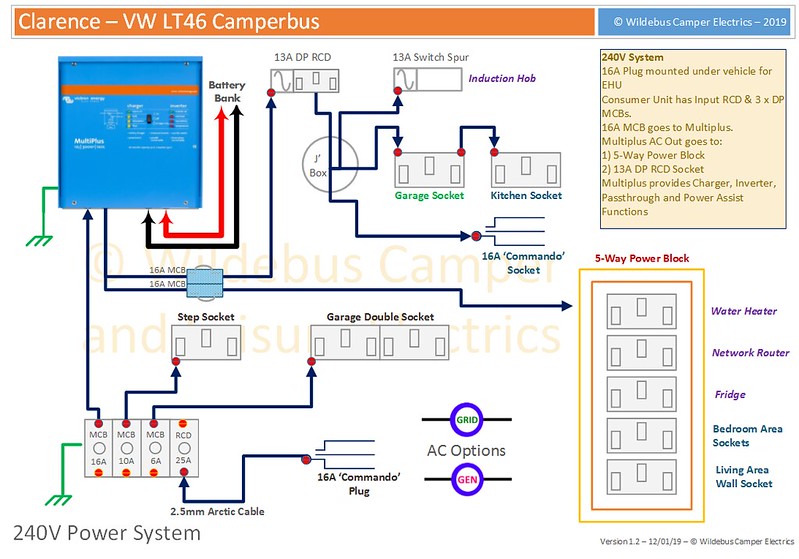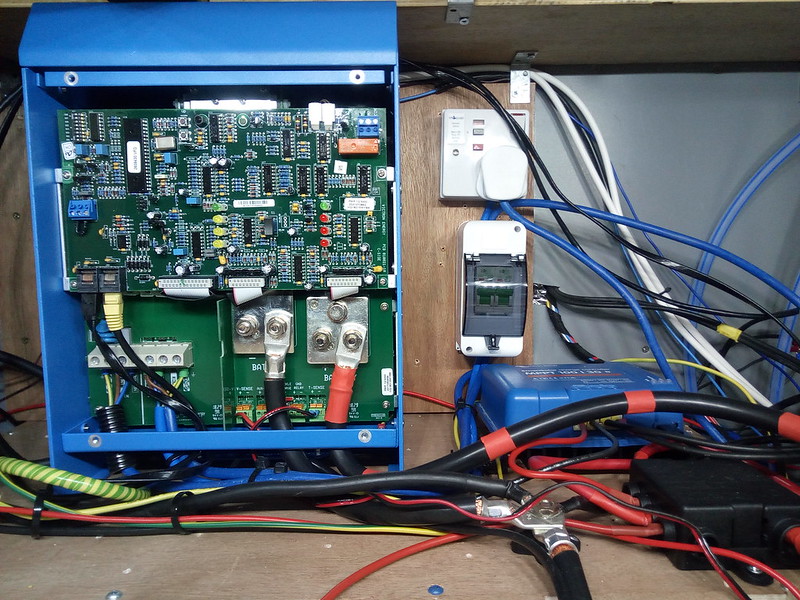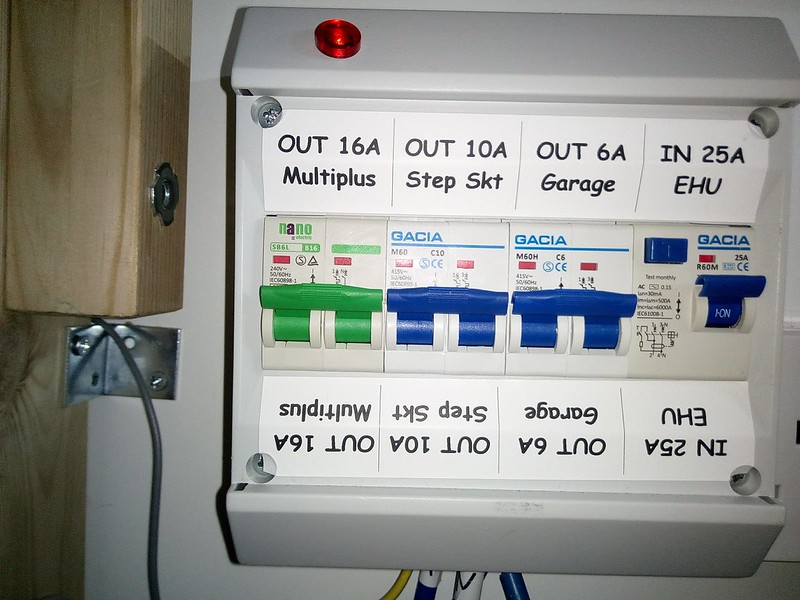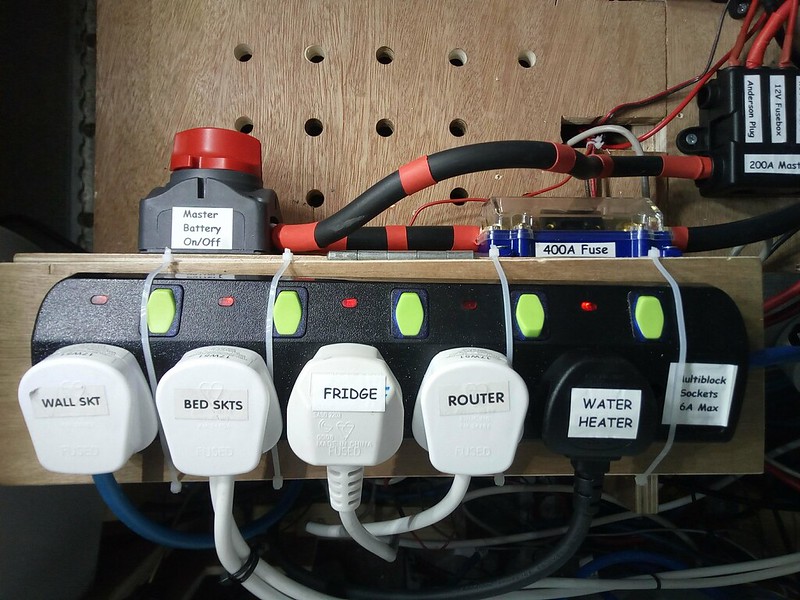wildebus
Forum Member
A lot of this I have posted on a couple of other Forums as a 'as-it-happens' build thread, but I thought I would post my Conversion here. However, I thought it might be of interest to separate the conversion into specific areas that might be of interest to potential - and maybe experienced as well - self-builders 
I'll start off by introducing the vehicle and some general targets for the conversion ....
My intention is to make a decent conversion and to do everything where possible myself. And also to challenge the norm and do it 'my way' - so many of the things I will be doing may be seen as unusual or 'wrong' because they are not the typical way things are done in a Motorhome or Campervan!
Maybe some of the things will not work as I plan or expect - but in those cases, I will share with you the failures as well as the successes
as well as the successes 
This is the base vehicle.

ParkedUp by David, on Flickr
It is a 2003 VW LT46 LWB with just 125,000 Km recorded and fitted with the 2.8L 158BHP engine, which is renowned to be the best engine in the LT Range
It is a 16 Seater Minibus that started life as a 'Skoolie' in the Service of Nottingham County Council. As such it has has a fairly good life in terms of servicing and I have a long summary of the various work that has been carried out provided to me by the Council workshops.
The MOT History shows a good record as well. Prior to me viewing the vehicle, the only fail was a main beam bulb had failed back in 2010.
The Van did fail the MOT on the test I had requested to be carried out prior to buying as a condition of purchase - but that fail was the old 'excessive play' fault that Sprinters and LTs often get incorrectly failed on, so not really a fail (but the seller replaced the parts as he was not aware of the Mercedes foible in this area).
So in Summary it looked like a good platform for my conversion More will follow.
More will follow.
I'll start off by introducing the vehicle and some general targets for the conversion ....
My intention is to make a decent conversion and to do everything where possible myself. And also to challenge the norm and do it 'my way' - so many of the things I will be doing may be seen as unusual or 'wrong' because they are not the typical way things are done in a Motorhome or Campervan!
Maybe some of the things will not work as I plan or expect - but in those cases, I will share with you the failures
This is the base vehicle.

ParkedUp by David, on Flickr
It is a 2003 VW LT46 LWB with just 125,000 Km recorded and fitted with the 2.8L 158BHP engine, which is renowned to be the best engine in the LT Range
It is a 16 Seater Minibus that started life as a 'Skoolie' in the Service of Nottingham County Council. As such it has has a fairly good life in terms of servicing and I have a long summary of the various work that has been carried out provided to me by the Council workshops.
The MOT History shows a good record as well. Prior to me viewing the vehicle, the only fail was a main beam bulb had failed back in 2010.
The Van did fail the MOT on the test I had requested to be carried out prior to buying as a condition of purchase - but that fail was the old 'excessive play' fault that Sprinters and LTs often get incorrectly failed on, so not really a fail (but the seller replaced the parts as he was not aware of the Mercedes foible in this area).
So in Summary it looked like a good platform for my conversion

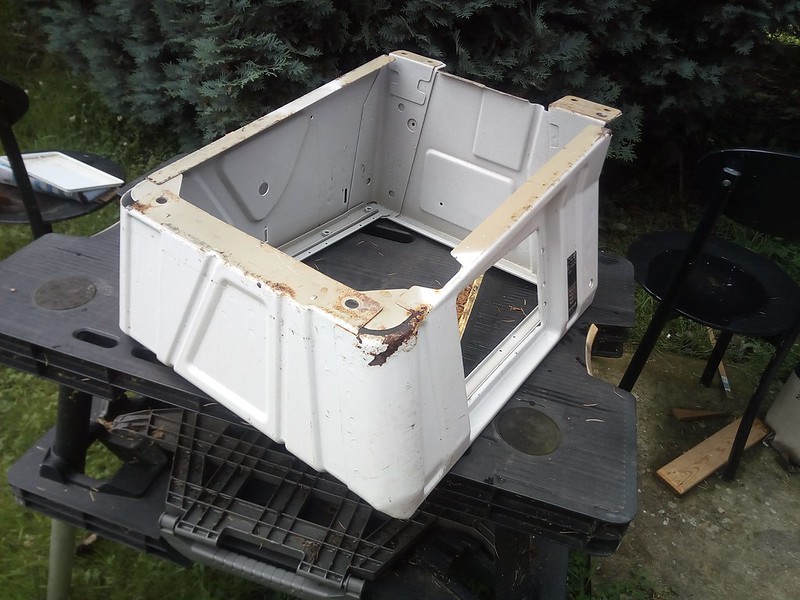
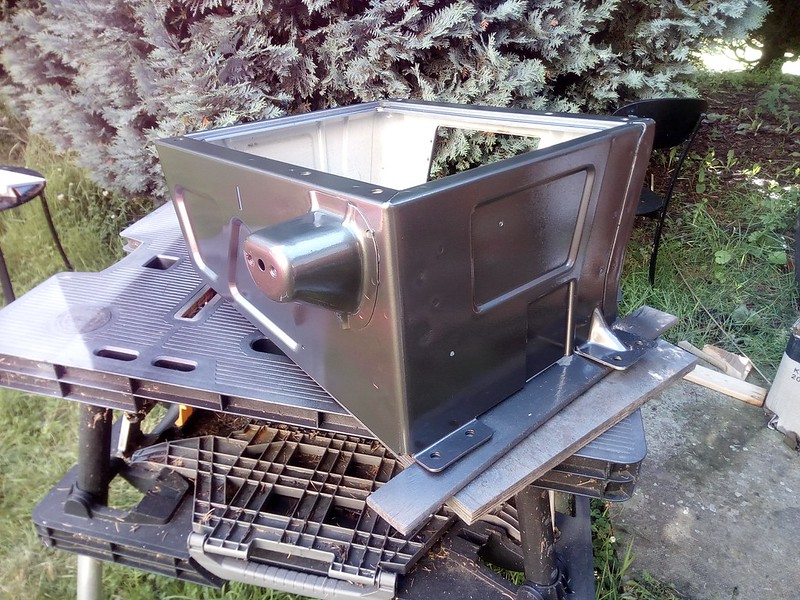
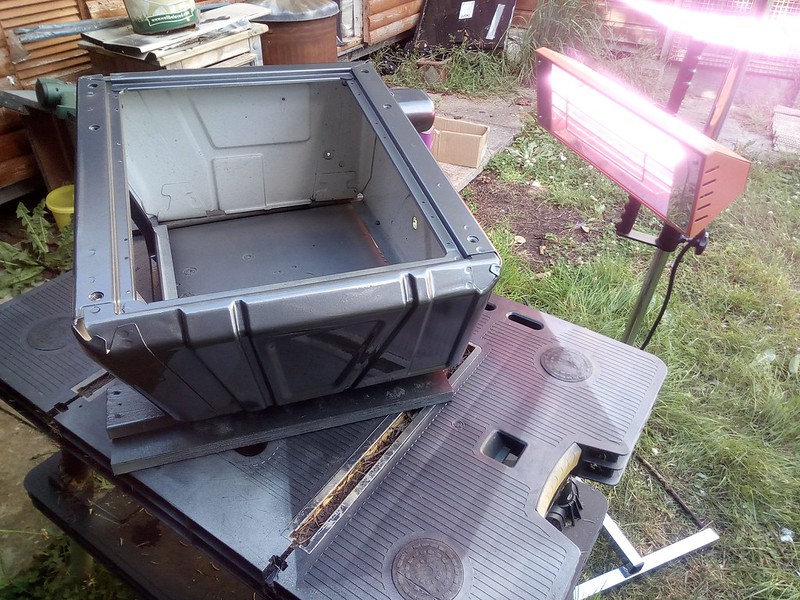
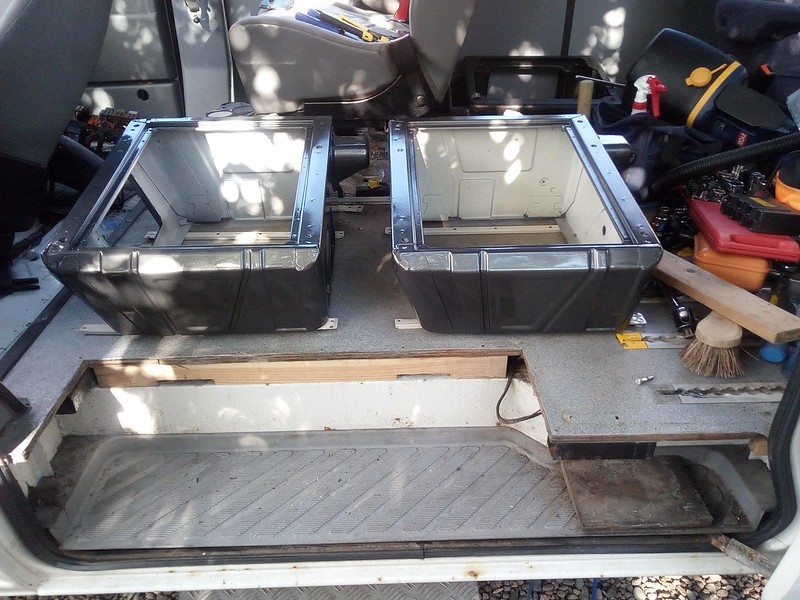 Resprayed Bases curing
Resprayed Bases curing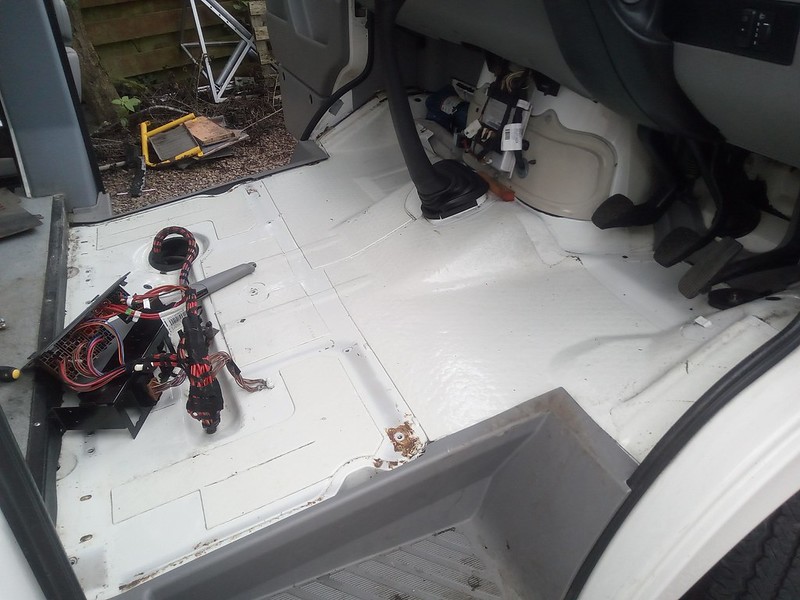
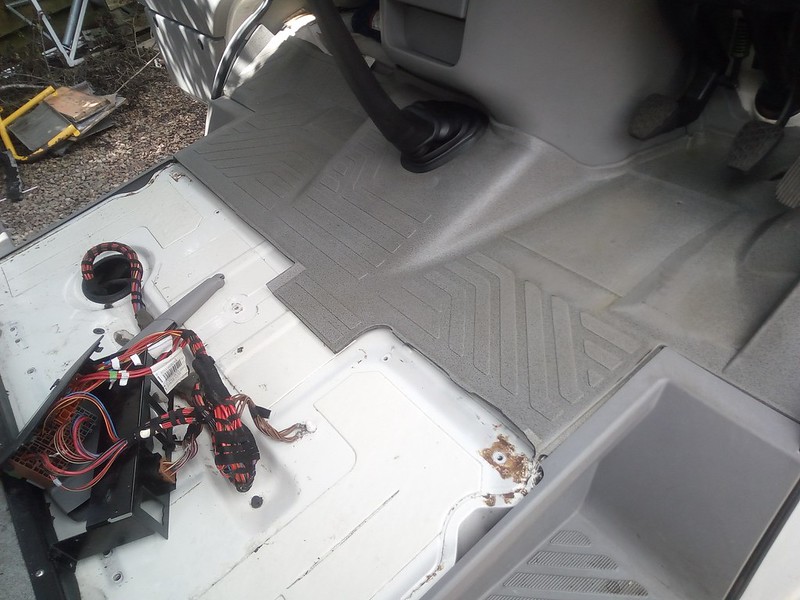


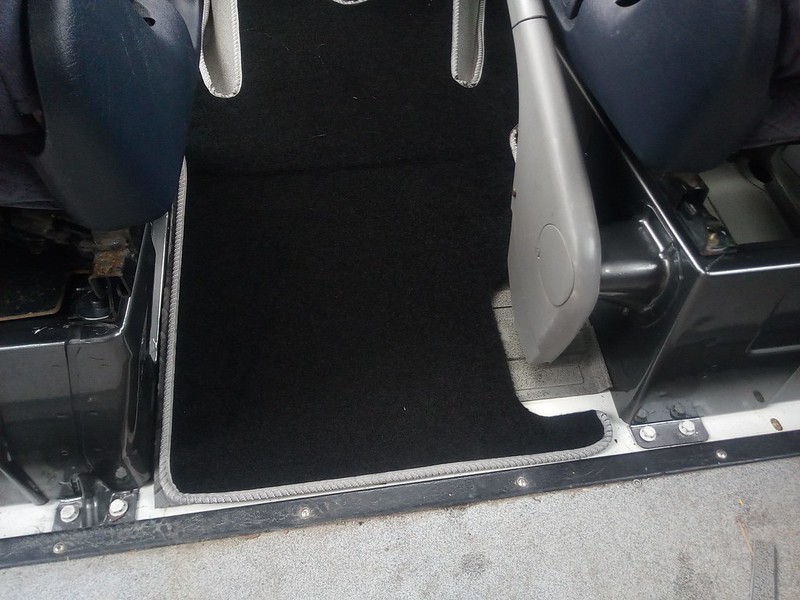
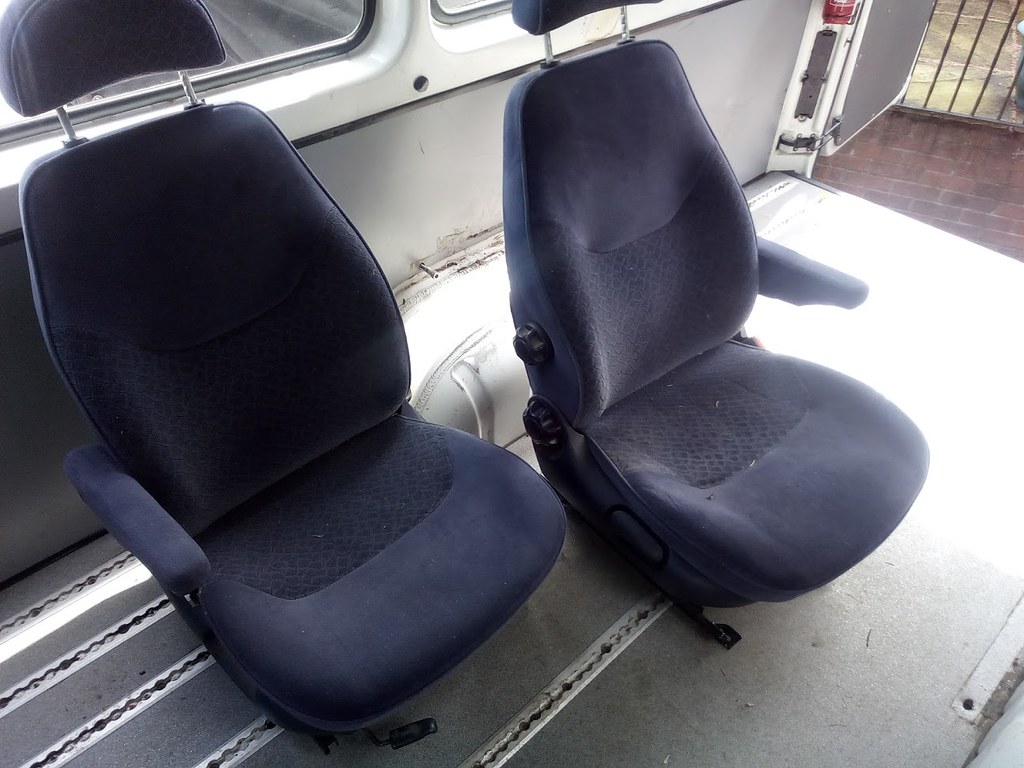


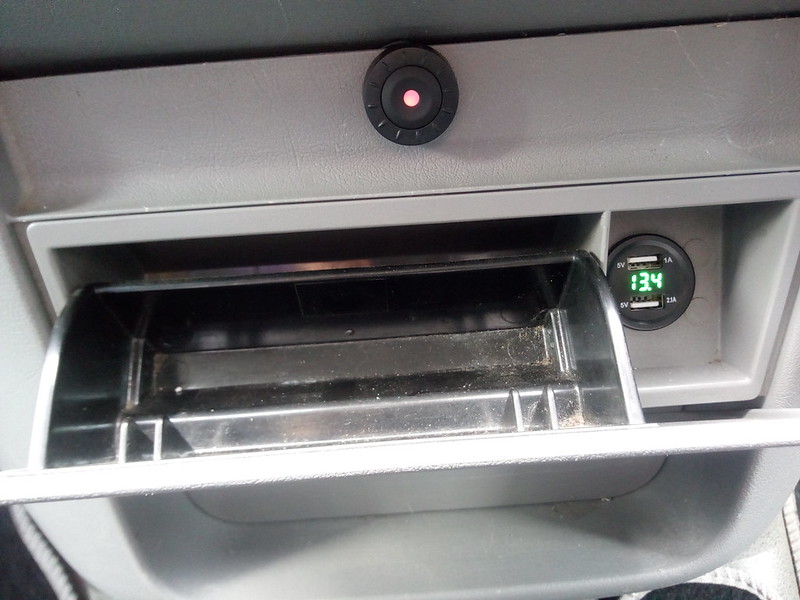

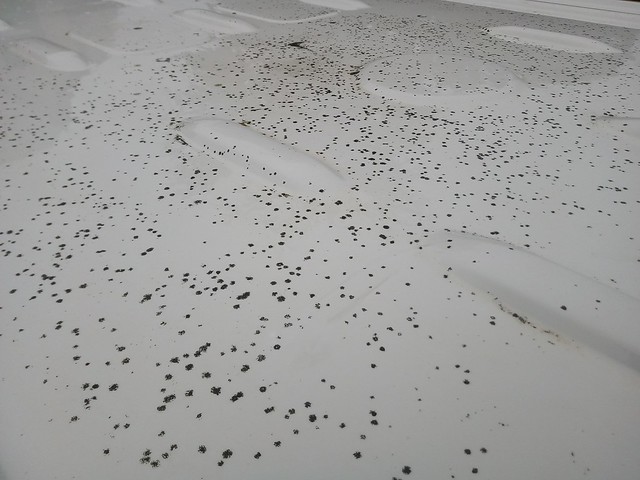
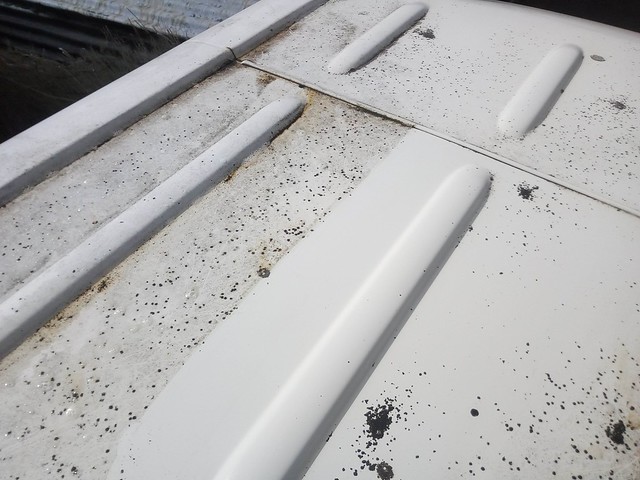

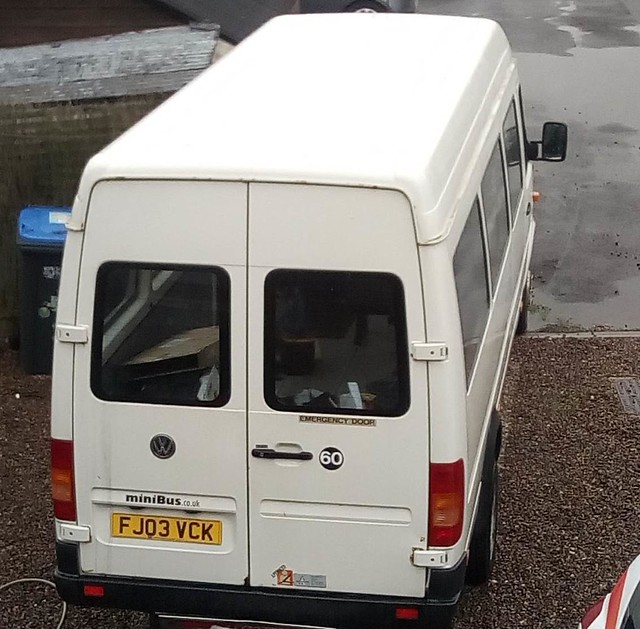 LT - Clean Roof
LT - Clean Roof